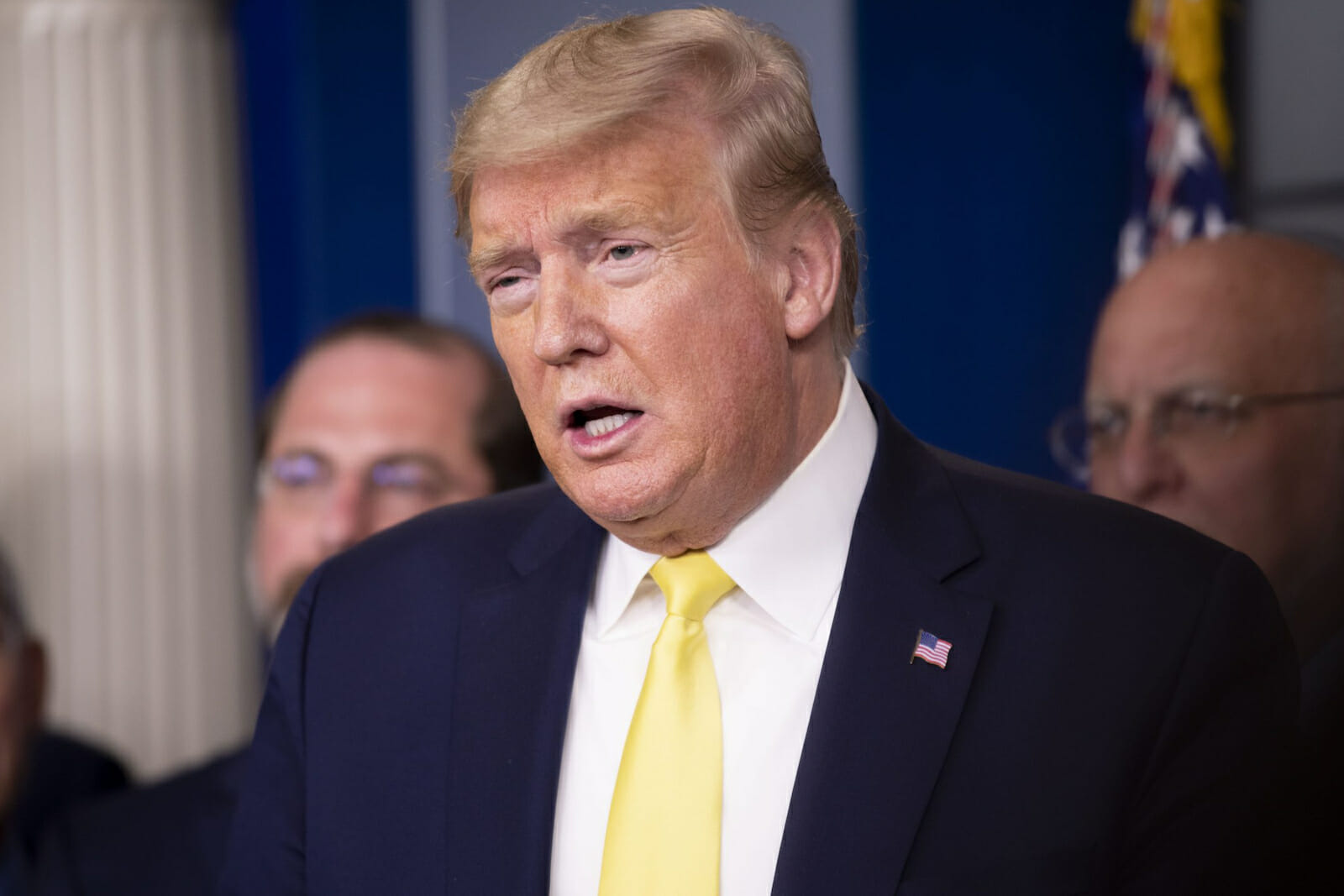
The Unseen Enemy: An Endless War?
By the end of January 2020, it was clear to some Americans that despite what the World Health Organization had said, the coronavirus outbreak that began in Wuhan, China was going to become a pandemic. Americans by and large stood up to the challenge in the same way that we have in previous emergencies in war or disaster, even if some politicians did not. We proved willing to sacrifice and temporarily set aside the exercise of some very fundamental rights. Recently, this attitude has begun to change. This too, is typical of Americans. Not that we have a short attention span or that we have narrow limits on what we are willing to suffer. Rather, it is questioning the ways, ends, and means of the strategy against an unseen enemy.
I do not need to explain how Chinese and World Health Organization denials and misinformation allowed the pandemic to spread. The point here is that millions of Americans voluntarily followed the guidance set forth by the Centers for Disease Control and Prevention. Some did not. As analogies were made to war, and Congress actually worked with the president to implement effective legislation, some state governors invoked emergency executive authority to impose their interpretation of how to implement the CDC guidance. These measures, both voluntary and those imposed by executive decree, necessarily imposed hardships and affected jobs, savings, investments, and the survival of small businesses. The number of people infected, and the death toll continued to rise. People were asked to sacrifice more. Some governors went beyond CDC recommendations and ordered people to sacrifice more, even without legislative approval. “We the People” began to protest.
Why? I believe that the wartime analogy is fundamentally correct. Winning a war requires a strategy, a balancing of ends, ways, and means. In a democracy, people need to be brought in on the overall strategy. This is what happened in both world wars. Wilson and Roosevelt knew that for the American people to support the war and the sacrifices that must be made, they had to know what they were fighting for and had to be confident that we were doing this in the right way. In the Second World War, Frank Capra, working with Walt Disney, made a series of films for the War Department explaining those things. These were released as “Why We Fight.” (You can see them on YouTube.) More than just why, these films and other wartime information explained the overarching strategy, like “Island Hopping,” and “Germany First,” and how the sacrifices made by Americans were important to securing the means and implementing the methods to achieve the ends.
This was not done in Korea or Vietnam, and it is not being done now.
The current guidance for re-engaging the economy is not a strategy. It is an important line of operation, but it is not an application of resources and methods to achieve an end state. Listening to the news media, healthcare experts, and politicians, it is impossible to define what that end state is. Instead of a clear picture of victory, we get vague and uncomfortable phrases such as, “the new normal.” It is not unreasonable to expect the government to do at least a good job in explaining this war as it did for the Second World War. What does victory look like? How will we know when we have won? What are the measures of success? Do we have all the resources we need? If not, what are we doing to get them? How are the resources that are being made available being applied to accomplish the end state? Finally, we must defend ourselves first, but how much and in what way will our success, achieving our end state, depend on success in other parts of the world?
Planning that does appear to exist at the federal level seems completely disconnected with the actions in some states. Without knowing where we intend to go, it is impossible to say if we are measuring what is important, or, instead, we are making important the things we can measure. Even those measures change as the CDC and some governors use differing criteria for measuring the impact of the disease. New symptoms are added to the list, and people who die with two or more of these symptoms may be counted as a COVID-19 death, regardless of test or official diagnosis. “New deaths” are uncovered, which increases the number of recorded infections.
First, we were told that the goal was to spread out the number of infected persons over time – flattening the curve — to assure that hospital capacity is not overwhelmed. Now we are told that easing restrictions depends on a limited or declining number of new infections. Rather than spreading out the number of cases, the new demand is to eliminate them. At the same time, we are told by the National Institutes of Health, among others, that we must initiate random testing to identify persons who have, or may have had the disease but are symptom-free or with minor symptoms. This will most certainly increase the number of recorded infections. To what end? How will this instant increase in the number of recorded infections help us to achieve the intended end state? We get warnings that this disease will come back, and possibly worse, as though this is some unique manifestation of the “novel” disease.
The media and state governments imply that this spike will happen due to restrictions being lifted too soon. We are not told that we can anticipate such a spike because it happens every year, with not-so-novel diseases like influenza. All through this, the average American is looking at personal and family economic disaster, psychological and spiritual impairment, and other health problems as people cannot see their healthcare professionals for routine care. Sometimes, for some not so routine care — conditions that, left untreated, will cause other complications later. This even includes cancer screening and treatment, such as chemotherapy! All while hospital beds remain empty leading to hospitals facing bankruptcy, and healthcare providers are laid off because normal, routine, or non-emergency care is being prohibited.
If this is like a war, then we need a strategy for our fight against this latest disease. What does victory look like? How will we eradicate it? What is the supporting strategies in each of our state governments? How can our actions as individuals help to do that? How can we work together to best manage risk to do the things we must do as a nation — as a civilization — to move forward so that this disease does not destroy us in ways other than by succumbing to the disease itself? And then, as we asked for the two world wars, what will we do to assure that this doesn’t happen again? In our last real, declared war, we provided this information to the American people, and they responded with wholehearted support. We need to do that again for this “war.”

